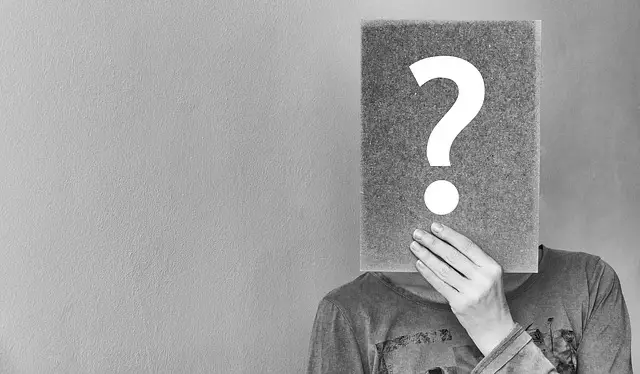Albanian is a fascinating tongue that originates from Southern Europe. It’s an official language in Albania and Kosovo, in addition to being a common minority language in the Balkan region.
Here are some more interesting facts about this beautiful language which will make you want to take Albanian lessons instantly:
Table of Contents
1. The Albanian diaspora is huge
The Albanian diaspora – that is the number of Albanians outside of their native country – is much higher than the number of people living inside Albania. While Albania has a population of a little under 3 million people, it is estimated that there are around 7 million Albanian speakers scattered across the planet.
2. Albanian is an isolated language
Albanian takes up a branch all on its own on the Indo-European language tree, meaning that it has no close relatives around. Before being identified as belonging to a solitary branch in the Indo-European tree, Albanian was also considered Germanic and Balto-Slavic.
3. Albanian has a confusing history
Even today, it’s not entirely clear how and from what Albanian evolved. It has no surviving relatives and even its ancestors are obscure. It is often thought to be descended from Illyrian but there is not enough evidence to conclusively confirm that. The fact that very few examples of Illyrian languages have survived to this day does not help.
4. Two main dialects
Although several dialects of the language exist, they are split into two main groups: Tosk and Gheg. They are broadly divided along a south-north divide, with Tosk being spoken in southern Albania and its neighbours, and Gheg in the northern parts. The approximate border between the two dialects is the Shkumbin river. On the banks of the river, there are also several dialects spoken which act as a bridge between the two groups, making classifying them somewhat difficult.
5. The various official versions
Before the communist regime took over in Albania, Tosk wasn’t considered as the official language. Instead, in the early 20th century, the Albanian Literary Commission recommended the use of the Elbasan subdialect that has characteristics of both of the major groups as the official version. However, after WWII, the communist regime chose Tosk as the new standard.
6. Standard Albanian is Tosk
The standardised version of Albanian belongs in the Tosk group. Although aspects of the Gheg dialects were incorporated, official Albanian is around 80% Tosk. This is the language of government and literature. However, in recent decades, a movement has grown to revive literary Gheg.
7. One language, several alphabets
Over the years, the language has made use of several different alphabets. At one point, an Arabic alphabet (the Ottoman Turkish version) was used, at another, Cyrillic. Additionally, several local alphabets, like Todhri, Elbasan, and Veso Bey, had been developed. There was also a period when the Tosk dialects used the Greek alphabet and the Gheg ones Latin script.
8. Now, there is an Albanian alphabet
Today, standardised Albanian uses its own alphabet. It is essentially a Latin alphabet with some Albanian additions. For example, the letters ë, ç, and nine pairs of letters which form separate characters of the alphabet – dh, gj, ll, nj, rr, sh, th, xh, zh.
9. Albanian has a somewhat complicated grammar
Albanian grammar has five cases – nominative, genitive, dative, accusative and ablative – and gendered nouns. Although the nouns are mostly of the masculine or feminine gender, rare neuter nouns exist which can act masculine in singular and feminine in plural. Its verb system also has three persons, two numbers, ten tenses, two voices, and six moods.
10. Admiration is important
Another interesting fact about Albanian grammar is that one if its six moods is reserved for admiration. These are verb forms that are used solely for surprise or astonishment. The use of this mood more-or-less coincides with the English use of “apparently” but it can also be used ironically. For example, Ti flet shqip means simply “You speak Albanian”, while Ti fliske shqip! expresses the admiration and surprise at your speaking Albanian.
You can also check out our interesting facts about French and Afrikaans or, if these interesting facts about Albanian have spiked your interest in the language, you can sign up for Albanian lessons with a private teacher below:

